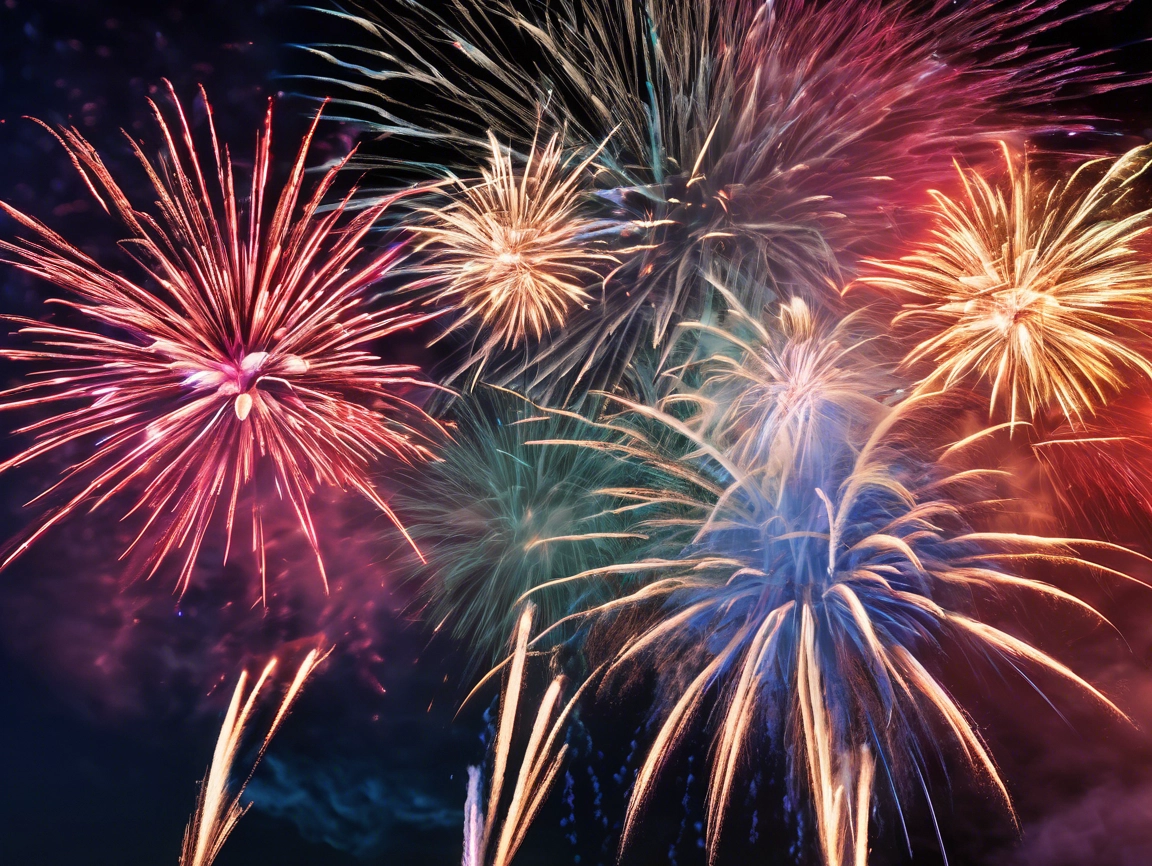Introduction
Ever wondered what really makes fireworks burst into those spectacular colors? The science of fireworks is a perfect blend of chemistry, physics, and a healthy dose of nerd magic. As the Fourth of July rolls around, understanding how these dazzling explosions work can add a spark of wonder to your celebration. Let’s break down the chemistry and mechanics that light up the sky every Independence Day — and explore some of the coolest innovations in pyrotechnics today.
How Fireworks Actually Work
Here’s how the magic happens:
- Black Powder Ignition: Gunpowder launches the firework shell skyward — a formula dating back to ancient China (Smithsonian: Fireworks History).
- Chemical Stars: Metal salts produce vivid colors — copper for blue, strontium for red, sodium for yellow (American Chemical Society guide).
- Burst Charge: A secondary explosion releases the colored stars.
- Timing Fuses: Engineers design these precisely for height and timing (HowStuffWorks overview).
- Symmetry and Patterns: Complex packing creates hearts, smiley faces, and other shapes (Pyro Spectaculars Inc. has excellent explanations).
Why Blue Fireworks Are So Rare
You might notice blue fireworks aren’t as common or bright as red and green. Here’s why:
- Copper-based colors burn at lower temperatures, limiting intensity (Royal Society of Chemistry).
- Higher heat breaks down blue compounds too quickly.
- Pyrotechnic chemists keep experimenting with stable copper chloride solutions — one of the trickiest color challenges in the industry.
Fireworks & Physics: An Explosive Lesson
- Newton’s laws explain the lift-off (equal and opposite forces push the shell upward).
- Gravity pulls the shell down while the timed bursts scatter the stars.
- Air resistance and wind affect burst patterns, which engineers plan for precisely.
- For deeper physics, Physics World offers a great deep dive.
Who Makes These Spectacular Shows?
- Pyro Spectaculars: One of America’s largest fireworks providers (Pyro Spectaculars).
- Zambelli Fireworks: Another iconic name with big U.S. shows (Zambelli Fireworks).
- Grucci: Famous for precision choreography (Fireworks by Grucci).
- These firms often handle professional July 4th events — check their sites to learn about the tech behind huge displays.
Safety for Nerds (and Everyone Else)
Even as you geek out, stay smart:
- Never hold a firework after lighting the fuse.
- Keep water or sand nearby for duds.
- Know local rules (see National Safety Council Fireworks Safety).
- Leave professional-grade shows to licensed operators.
Wrap-Up
In short, the science of fireworks makes the Fourth of July even more spectacular. Whether you’re a chemistry buff or a physics fan, you can look at every burst of color with new appreciation this year. If you want more nerd-approved Fourth content, don’t miss our upcoming posts on smart backyard tech and Fourth of July history hacks. Until then, stay safe, celebrate, and stay curious — NerdItForward style.
